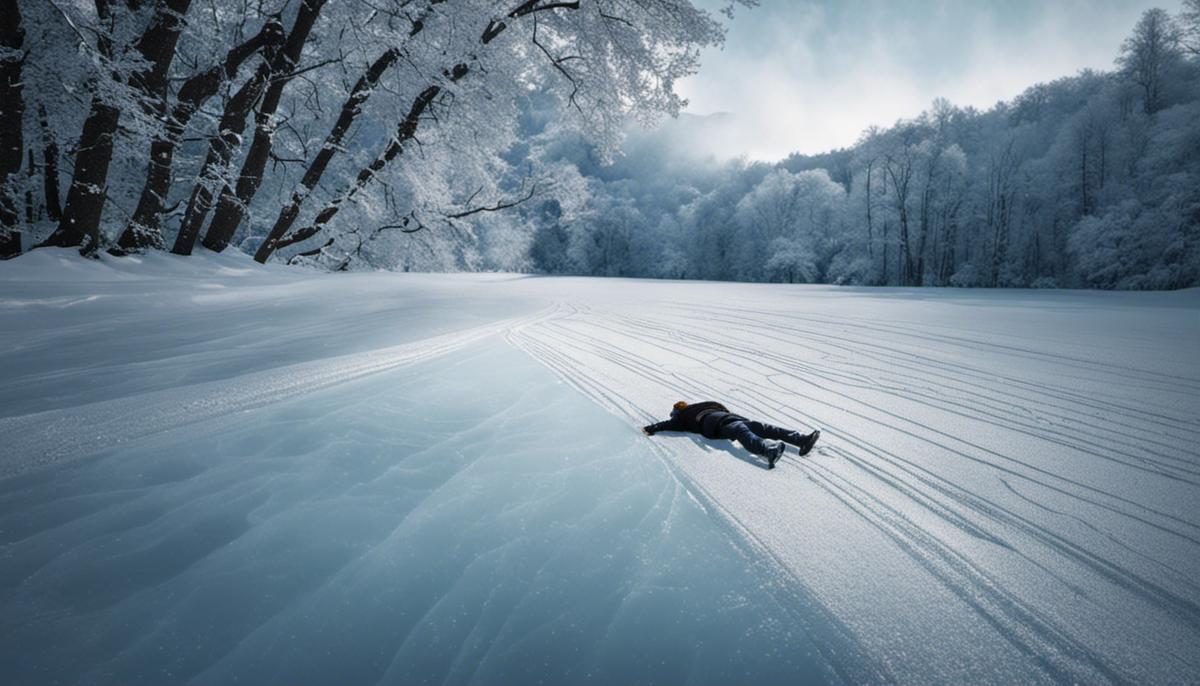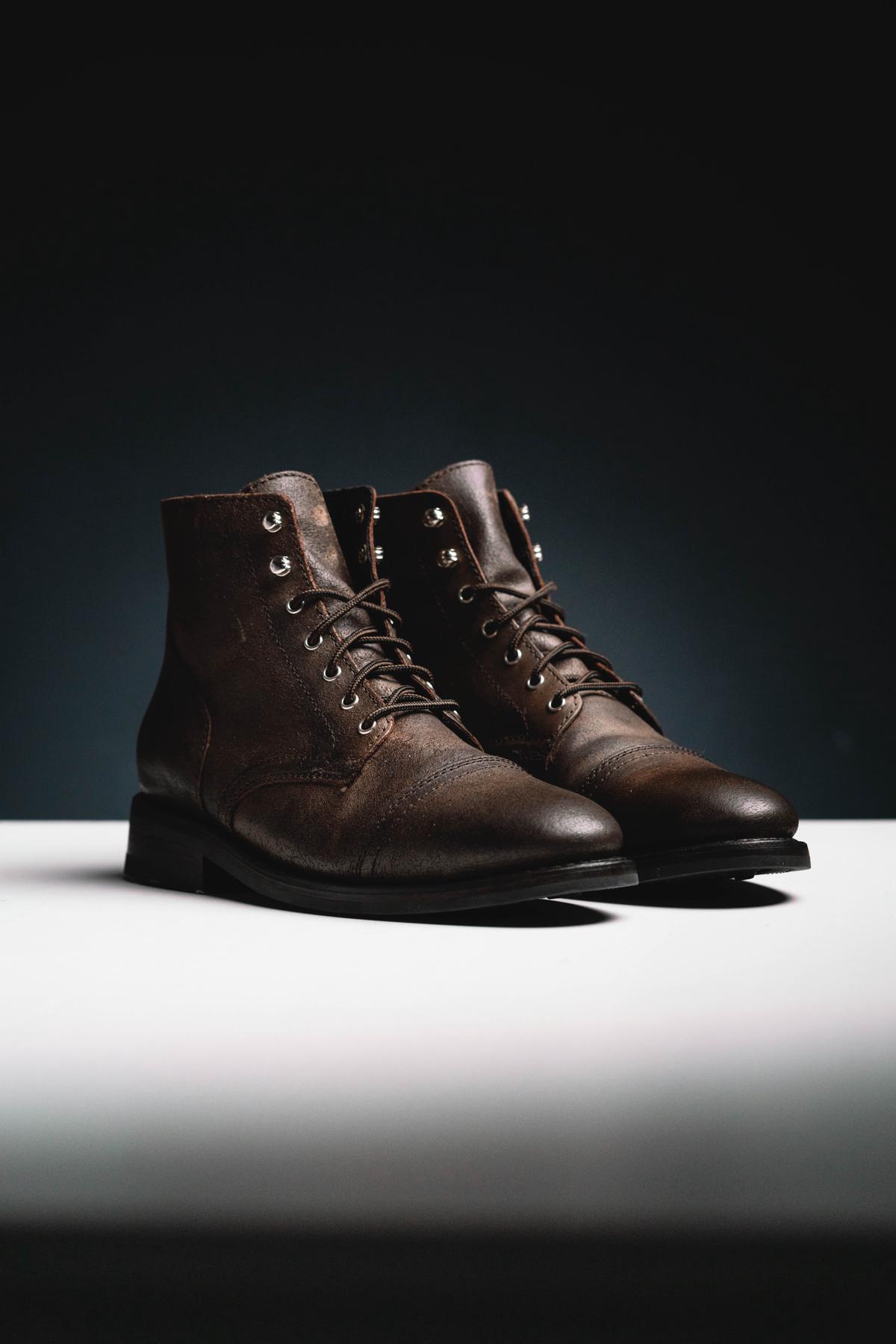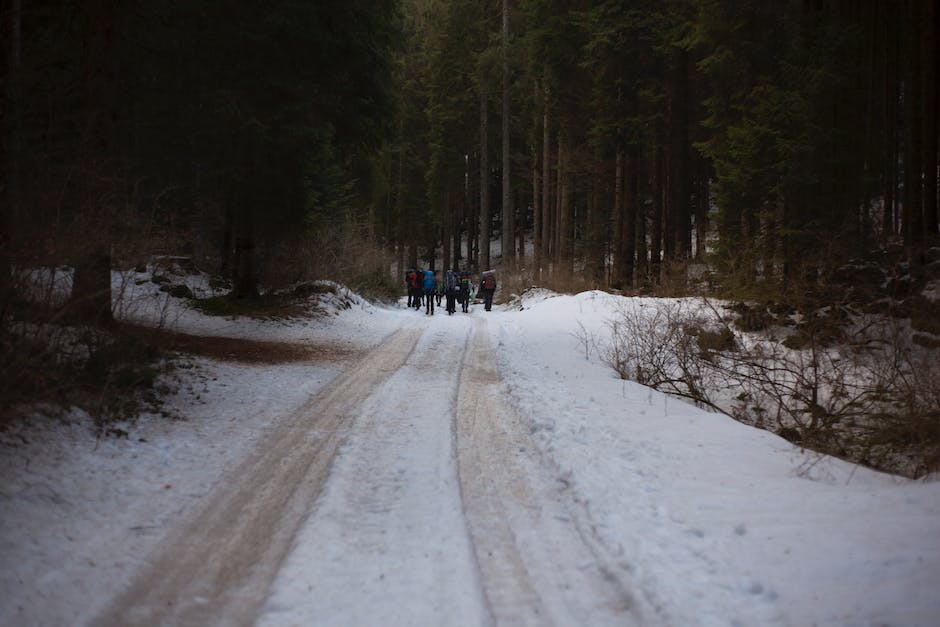Winter in Canada, a time of fantasies that involve hot cocoa, cozy fireplaces, and snow-encrusted landscapes, can quickly become a wintertime nightmare when the peril of slips and falls on ice come into play. Each year, a significant count of injuries results from unfortunate encounters with the deceptively beautiful, but potentially hazardous ice-covered surfaces. Forearmed is forewarned, being educated in the dangers of ice formation, how to choose and maintain winter footwear, and comprehending safe walking techniques on icy surfaces, will definitely act as an armor in your winter battle against slips and falls.
Table of Contents
Understanding the Dangers of Ice
The Hidden Dangers of Icy Surfaces During Canadian Winters
Ah, winter! A magical season for most Canadians, filled with sleigh rides, snowball fights, and icy landscapes that dazzle under the northern lights. But with all the beauty and joy of winter, there is one thing that can dramatically shift our holiday cheer: the risk associated with icy surfaces.
Icy surfaces – we’ve all encountered them. During Canadian winters, these sneaky foes can appear anywhere and everywhere. Sidewalks, driveways, roads, or even just the stairs leading up to your front door, can become treacherous landscapes without any warning.
To begin with, the biggest threat icy surfaces pose is slipping and falling. Slips and falls can result in a multitude of injuries, ranging from minor bruises and sprains to serious fractures or even head injuries. The tiniest patch of ice beneath a layer of fluffy snow can surprise the most surefooted amongst us and send us to the emergency room within seconds.
But what about those of us who aren’t traipsing around on foot? It’s equally perilous for drivers. Black ice, a thin sheet of ice that is transparent on the road’s surface and incredibly difficult to spot, can cause vehicles to skid and lose control. The effects can be disastrous, putting all road users at risk of severe, at times fatal accidents.
Young children and older adults are especially at risk. Children, with their boundless energy and often less-than-perfect motor skills, are prone to slipping on ice during their winter play. Older adults, especially those with mobility issues, might find icy surfaces nearly impossible to navigate, increasing their chance of falls and injuries substantially.
Another risk icy surfaces present lies in the damage to the infrastructure of our homes. Unabated, ice can cause cracks and fractures in our patios and driveways, potentially leading to costly repair work in the spring. What’s more, burst pipes can quickly turn into an icy hazard, increasing your family’s risk of encountering slippery surfaces around your home.
Preventing accidents caused by icy surfaces is key. This includes suitable footwear with a good grasp, putting down salt or sand on walkways and driveways, and driving attentively and slowly in wintry conditions. Parents as key role models are positioned to show their children how to navigate icy situations safely, and always remind them of the risks.
Though idyllic, Canadian winters bring with them a set of unique challenges. These covert icy surfaces, camouflaged as winter wonderlands, are a silent but serious hazard. It’s essential to foster awareness and take precautions to ensure we enjoy the snowy season to the fullest. Winter safety should always be high on our list because nothing is more important than the wellbeing of our treasured family. After all, we want our winter memories to be filled with laughter and joy, not trips to the hospital. So, let’s venture out, stay aware, stay safe, and embrace all the beauty that winter has to offer!

Appropriate Footwear for Winter
Choosing the Right Winter Footwear: Your Guide to a Safe Canadian Winter
It’s almost that time of the year again, friends! When temperatures start to drop and snowflakes begin to decorate our yards, it’s irrefutable that the beautiful, yet occasionally ruthless Canadian winter is upon us. Whether it’s a little flurry or a full-blown snowstorm, safety and comfort remain paramount. After talking about the importance of icy surface prevention methods, today let’s venture into another crucial aspect of winter safety – choosing the right type of footwear.
For those of us residing in Canada, we understand that winter shoes are more than just a fashion statement. When picking out shoes, especially winter boots, it’s essential to consider not only style and comfort but more importantly, safety and practicality. Selecting appropriate footwear that provides grip and warmth can be a game-changer in preventing accidents and ensuring our family’s well-being.
Waterproof, insulated boots are a must-have for any Canadian winter. They’re designed to keep our feet dry and warm in snowy and wet conditions, lowering the risk of frostbite, which can occur from prolonged exposure to the cold. Look for boots that are lined with insulating materials like wool or faux fur. Remember, cold feet can make the entire body feel cold so keeping our feet cozy is vital!
A bit of a pro tip: Make sure the boots you pick are high enough to prevent snow from getting inside. Ankle-high boots might look trendy, but knee-high boots will serve you better, especially on those deep-snow days.
Let’s not forget about traction. Opt for shoes with non-slip soles to reduce slipping or sliding on ice. Boots with rubber outsoles and deep lugs tend to perform well on slippery surfaces, as they can grip the ground better. You don’t want to skimp on traction, trust me!
Sizing is equally important. Wearing boots that are too tight can restrict blood flow to your toes, leading to cold feet, while too large can result in blisters. Always try them on with the type of socks you intend to wear during winter. Choosing correctly sized footwear ensures comfort and aids in maintaining balance, especially when the ground is slick with ice and snow.
Last but not least, consider using ice cleats when conditions are extreme. These are little crampons that can be attached or removed from regular boots, providing additional grip on icy surfaces. They’re ideal for icy walks or hikes, but remember to take them off before entering indoors to avoid any potential slips.
That’s just about it, dear reader! Remember, the Canadian winter is no joke, and it’s up to us to equip ourselves and our loved ones adequately. Choosing the right winter shoes may seem like a small detail, but a step in the right direction can mean the difference between a joyful winter season and an unfortunate accident. Take care and keep warm!

Safe Walking Techniques on Ice
Navigating on Icy Surfaces: A Guide for Safe Winter Walks
As the winter snow paints everything a stunning shade of white, it’s essential that we learn to tread carefully on these icy canvases. By understanding how to walk safely on icy surfaces, we can mitigate the risks associated with slips and falls, ensuring a joyful winter season for everyone.
First things first, let’s dig a little deeper into our walk, shall we? When stepping out onto icy surfaces, adopting the “penguin walk” can significantly reduce the risk of slipping. Named due to its uncanny resemblance to our feathered friends in the South Pole, this walk involves shuffling rather than striding. By keeping the center of gravity over the front foot and taking short, flat steps, one can distribute body weight more evenly, improving balance and stability.
Another helpful tip in the ‘how to walk’ department is veering off the beaten path. Whenever possible, choose to tread on the snow rather than where folks have walked before, as fresh, untrodden snow provides better traction than a smooth and packed icy surface. It’s like designing a mini adventure for yourself on your daily commute or when out for a leisurely stroll!
While the way you walk is crucial, where you walk is equally as paramount. Always stick to well-lit areas that enable visibility of the ground beneath your feet. Icy patches are notoriously difficult to spot, especially in low-light conditions. Take extra caution when moving from one type of surface to another. For instance, moving from a gravel walkway to a concrete sidewalk can change the amount of traction underfoot, increasing the propensity for slips.
Preparation is everything, right? So, before stepping out of home, it’s time for some simple reconnaissance. It could help scout the area around your home for slippery patches. Sand, salt, or non-clumping kitty litter can be spread over these danger zones to provide additional traction and reduce the slipperiness.
Remember, it’s not a race! Always take your time when you’re walking on icy surfaces. A slow, thoughtful pace enables you to react quickly in the event of an unexpected slip. Additionally, trying to keep your hands free to balance better and lessen the damage if a fall does occur can be quite beneficial.
Stairs present a whole new level of challenge when covered in ice. When navigating icy steps, use handrails whenever they’re available, and step down with both feet on the same step before progressing to the next one. This dual-foot approach can provide added security, reducing the risk of a dangerous fall.
Just as parents invest time in teaching their little ones to walk, taking time to learn and practice safe walking strategies on icy surfaces is vital. This simple yet effective practice will enable us to venture out confidently and safely, whether the ground underfoot is dry or ice-coated, allowing us to embrace the beautiful Canadian winter in all its glory.

At first glance, ice is seen as an embellishing asset to wintertime scenery, but its dangers are far from picturesque. Becoming a winter soldier requires understanding the formation and properties of ice. As well as donning the right footwear for snowy and icy conditions, and maneuvering icy landscapes with prudent walking techniques. A slip or fall could make winter a memorable season for all the wrong reasons. However, with knowledge and preparation, you can transform it into a time of joy and excitement, where the only ice you deal with is found in a refreshing winter cocktail or a mesmerizing snowflake.

Zara Desertrose is an acclaimed fashion and lifestyle journalist with a Master’s in Fashion and Luxury Marketing. Known for her keen eye for style and cultural trends, Zara’s writing elegantly weaves together the latest fashion movements with lifestyle aesthetics. Her insightful critiques and trend forecasts make her a leading voice for anyone looking to stay at the vanguard of style.

